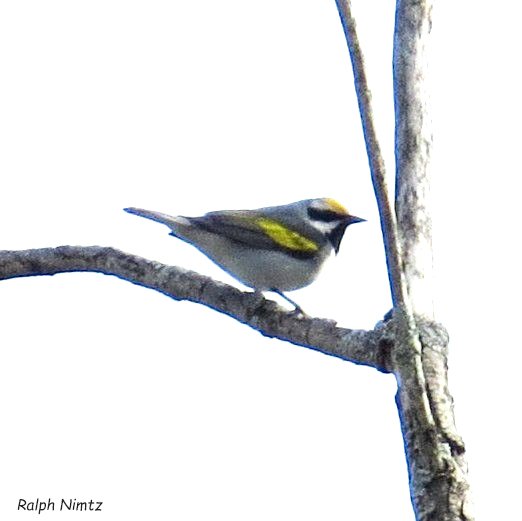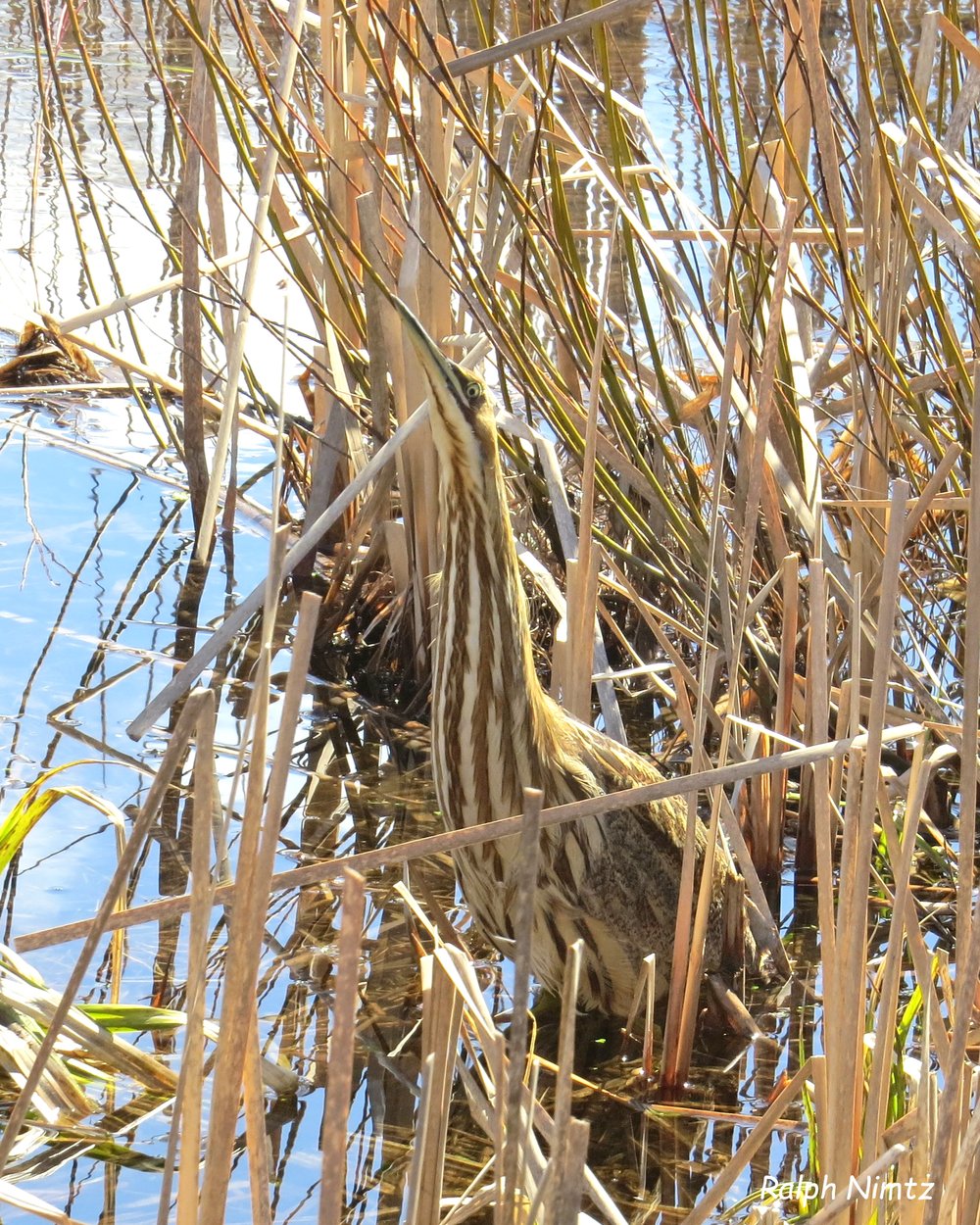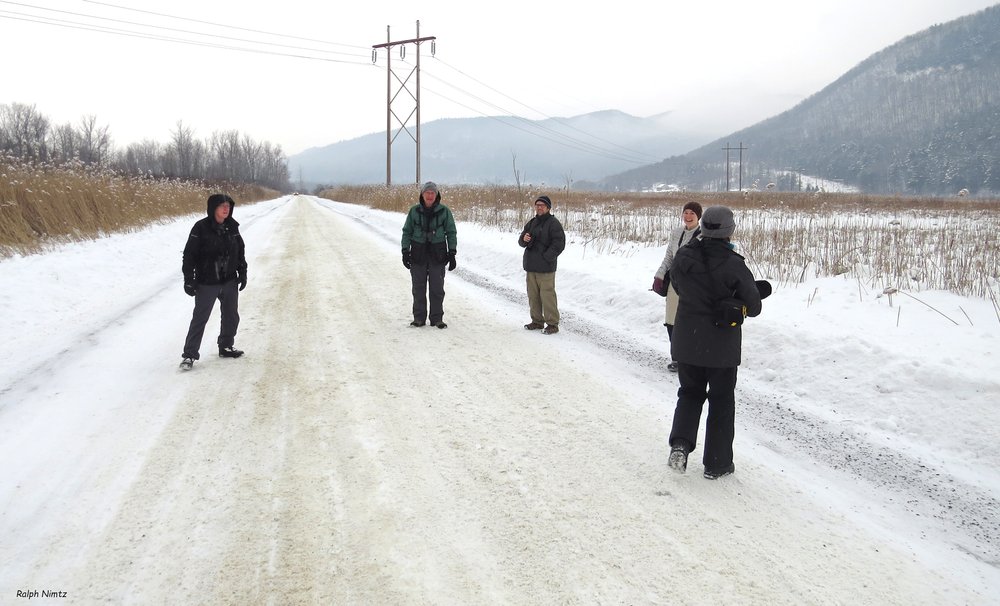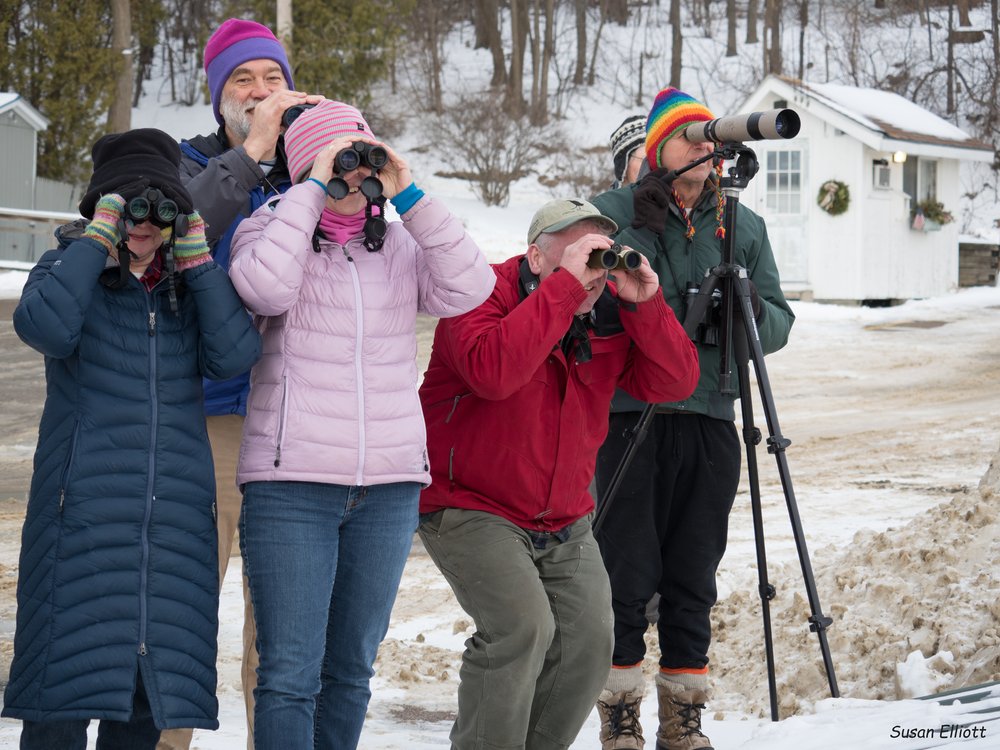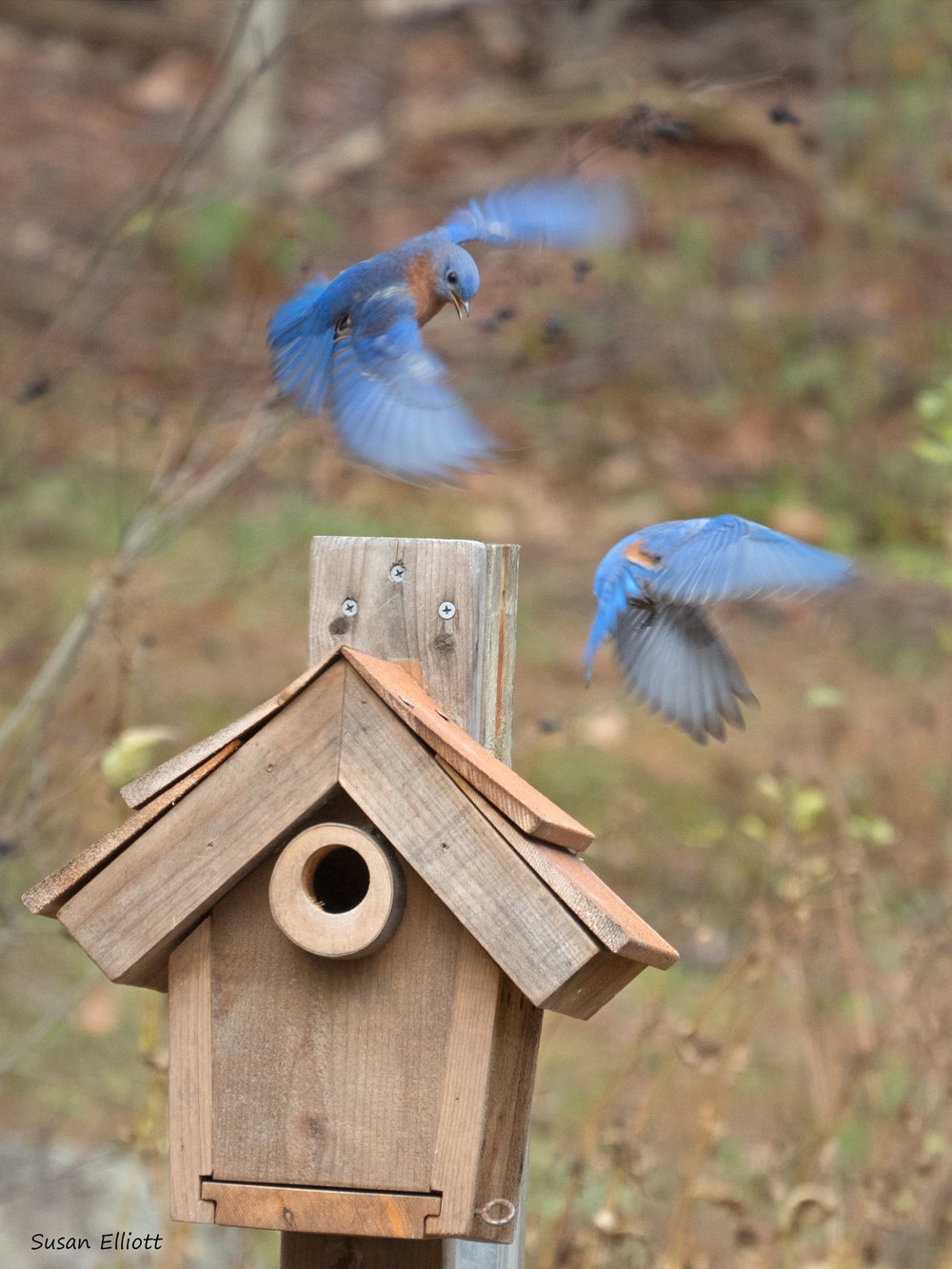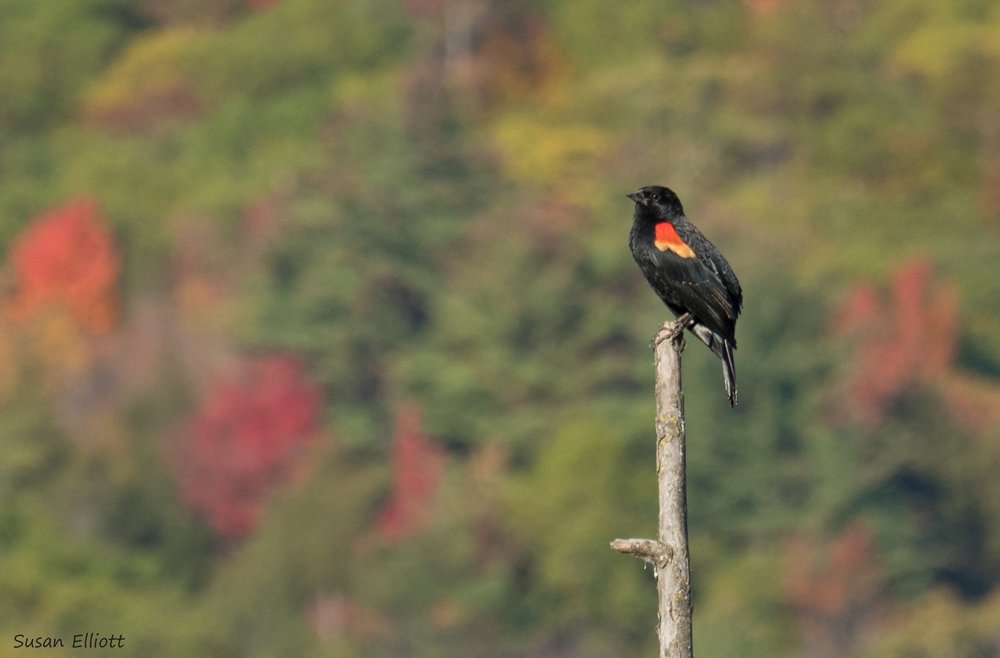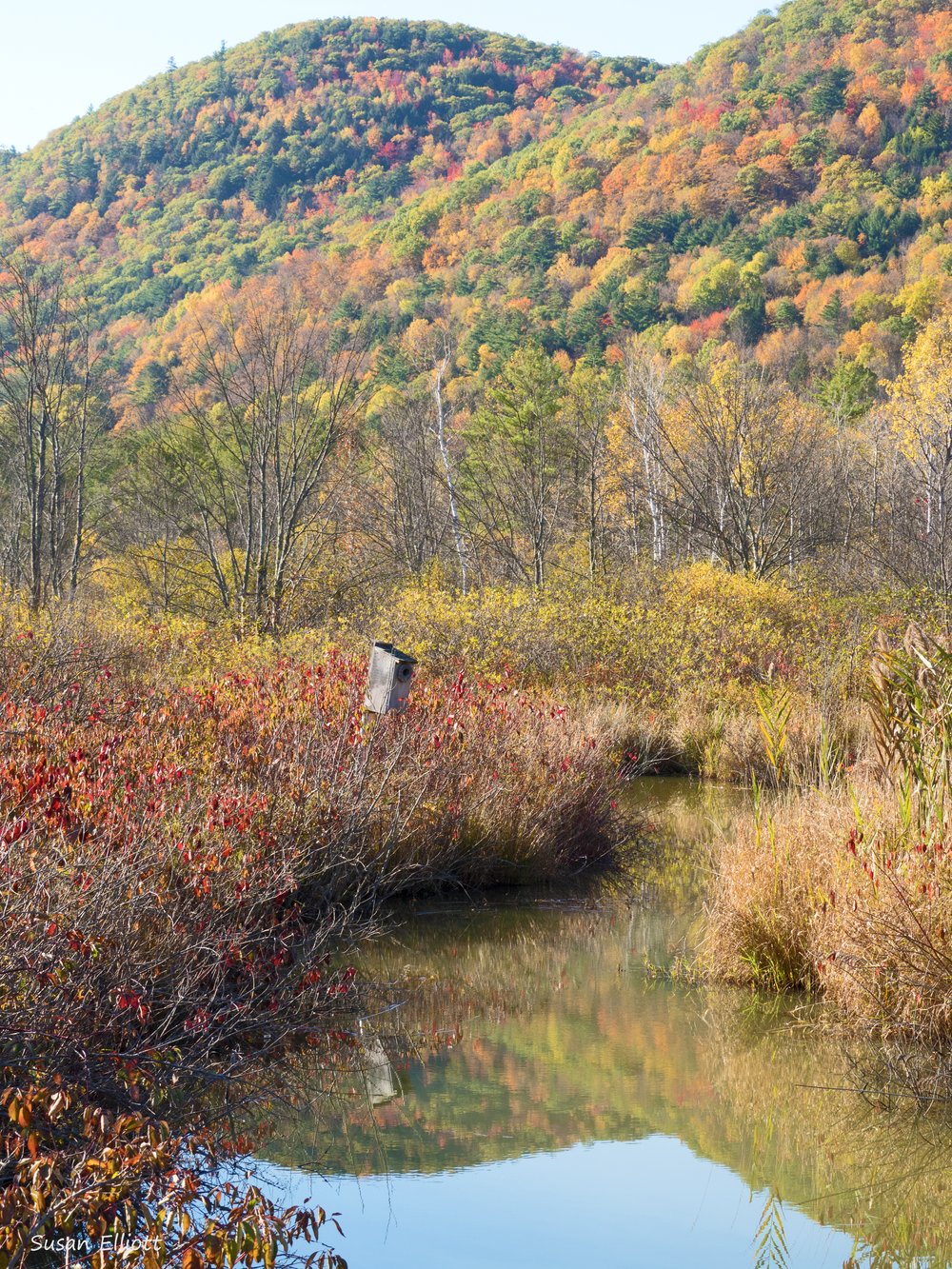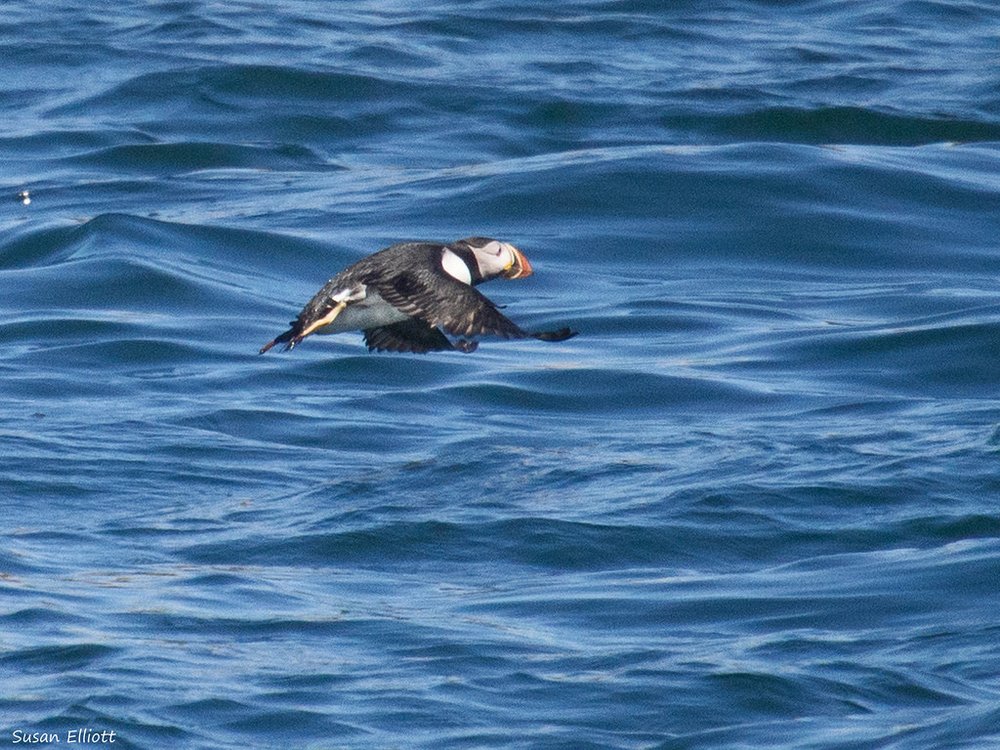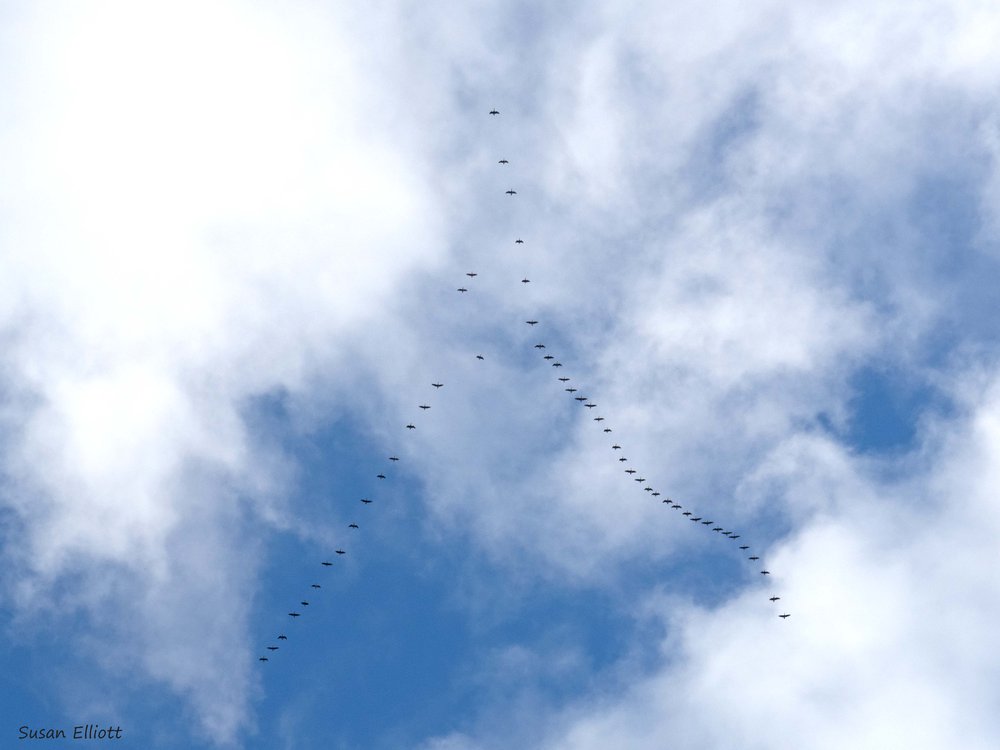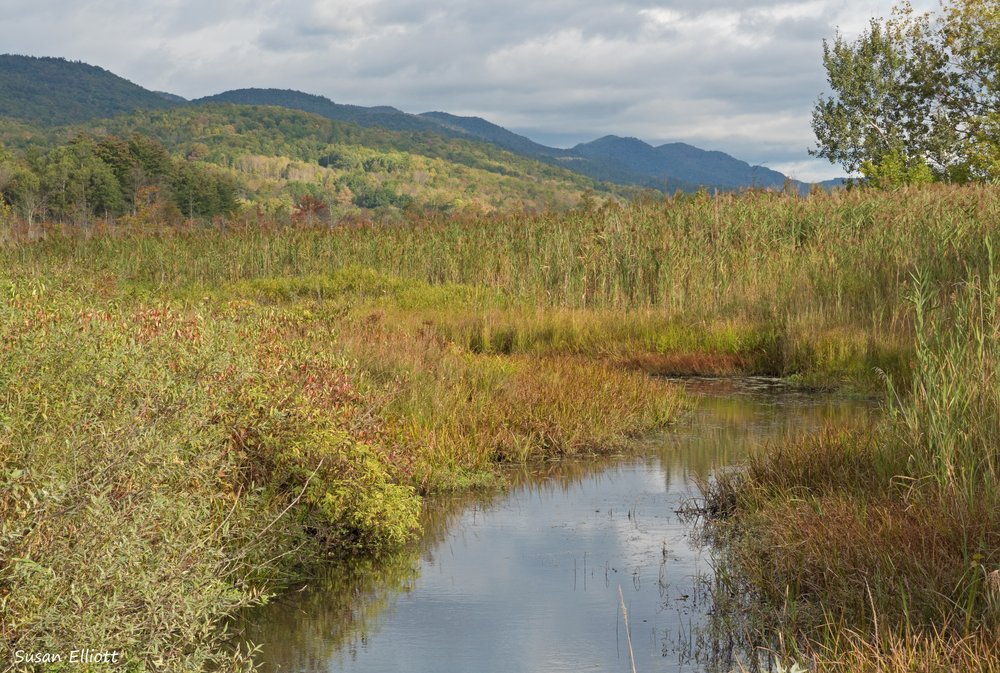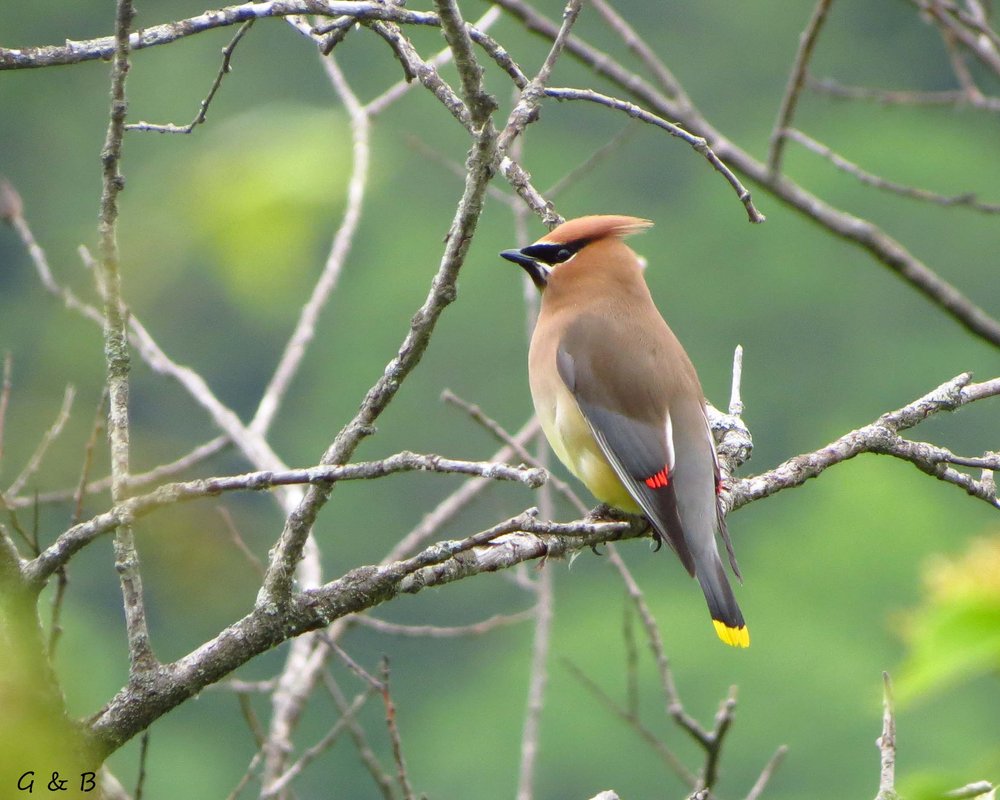 Red-tailed HawkRutland ‘s Christmas Bird Count is over. All that is left to do is review the final results and learn from them. Before going on, let’s recognize our faithful leader, Roy Pilcher for his many years of chairing this event and writing this summary. Roy accepted this responsibility for many years and inspired most of the present RCAS board members and friends to keep the tradition alive. Thank you, Roy, for all you have done. We know your efforts have enriched our lives and appreciate all the help you continue to provide. Once again Roy participated in the count as a team leader.
Red-tailed HawkRutland ‘s Christmas Bird Count is over. All that is left to do is review the final results and learn from them. Before going on, let’s recognize our faithful leader, Roy Pilcher for his many years of chairing this event and writing this summary. Roy accepted this responsibility for many years and inspired most of the present RCAS board members and friends to keep the tradition alive. Thank you, Roy, for all you have done. We know your efforts have enriched our lives and appreciate all the help you continue to provide. Once again Roy participated in the count as a team leader.
Last year Kathleen Guinness took over organizing the count and the potluck supper held at the Proctor Library. Thanks to Kathleen for carrying on this important tradition!
To help me get started I read some of the previous summaries on our website journal. It’s shocking to read ‘weather was more like April,’ ‘the meadows were green’ and ‘ponds and rivers were free of ice.’ This year my team started its count at 7:30 with the thermometer reading minus 10. We were dressed for the weather and did our best to perform the count despite the bone-chilling weather.
 This year our CBC field teams and feeder watchers counted over 7,000 individual birds representing 52 species. Considering the minus temperatures (the day’s high rose to only about 11), this is quite an accomplishment.
This year our CBC field teams and feeder watchers counted over 7,000 individual birds representing 52 species. Considering the minus temperatures (the day’s high rose to only about 11), this is quite an accomplishment.
Here are a few points of interest starting with regular species that show up year after year.
Mallard: 178
This is down from the 25-year average of 251. Still water was completely frozen, but the small streams was partly open giving them the necessary food and shelter.
Mourning Dove: 329
Down from the average of 523. Fortunately, doves have been flocking to feeders, but perhaps some were missed due to the difficulty in counting in such extreme cold.
Red-tailed Hawk: 23
Our average. This is a positive sign since a stable raptor population may indicate stability of other species lower down on the food chain
Red-bellied Woodpecker: 14
Up from the average of 3. This species has expanded throughout the state in the past 15 years. None were reported in the early years of the count.
American Crow: 2,663
Up from an average of 1,090. Our record high was 1,809 in 2003. To get an accurate count, volunteer Tracy Busony started weeks ahead of time watching the crows as they came to roost at various locations around Rutland City. With help from a neighbor on count day they counted the whole flock, one by one.
Black-capped Chickadee: 453
Down from an average of 1,014. Sadly chickadees, our beloved feeder birds, are in decline. Hopefully some of this year’s low number can be attributed to the difficulty in counting due to the extreme cold weather.
How about some surprises?
Wilson’s Snipe: 1
This is a surpise to many, but not to the team that leads this section of the count along Otter Creek. This is a species that migrates, but a few may stay behind if they find open water and a food supply. They are hard to spot so maybe more are around than we know.
Red-shouldered hawk: 1
Most have departed, but like the snipe, occasionally one or two can remain. Not a first for the Rutland CBC, our first in 25 years. There are more reports of over-wintering Red-shouldered Hawks in Vermont than in the past.
Eastern Bluebird: 24
Our average of 17. Many people think bluebirds always migrate, but if the food is here, some may stay (even if it is minus 10!)
American Robin: 14
This is down from an average of 23. Many folks think of the robin as our symbol of spring, but it really isn’t. The number of robins remaining is dependent on the food supply. We had just over a dozen this year year, but have recorded many more in prior CBCs.
Red Crossbill: 3
We don’t always get crossbills as they are known to follow cone crops. This is one of those years. Keep a lookout for them as winter wears on!
Snow Bunting: 162
Up from an average of 85. It’s hard to say what a normal year is because it can range from none to several hundred. They do migrate here from farther north looking for food. If you haven’t seen Snow Buntings then watch the cornfields for a burst of white wings and a swirling flock. It’s a wonderful sight.
Dark-eyed Junco: 1,352
Up from an average of 267. Many of us expected to see more juncos this year because we have had so many at our feeders. Fortunately, one of our volunteers has knowledge of them. Normally many more would be farther south in areas like Maryland. The CBC results from those areas (so far) have shown lower than normal numbers. The birds are still here so now we’ll watch to see if they pack their bags or hang around our feeders all winter.
What was missing?
There are numerous species that we see one year, but not the next. That is a normal pattern. No American Kestrels or Northern Harriers were reported. Wild Turkey numbers were way down, but they are probably still in the woods. Only one Belted Kingfisher was reported. A look around the frozen ponds and streams tells you why.
Many of us would love to see a Snowy Owl here in Rutland County, but we’re still waiting for that. They have been reported in Vermont in a few places this year.
It is amazing we have completed this same count for 44 years in spite of the holiday rush. The data is important. One year may not tell us anything, but the sum of many years is valuable information. That is why we eBird all of our sightings year-round as well as participate in as many citizen science projects we can. We are always looking for volunteers to join our teams, do a feeder watch at home or participate in various projects. Our Christmas Bird Count data will be available in a final form within a few weeks on the National Audubon web site so you can explore it further. If you have any questions please let us know by email from birding @rutlandcountyaudubon.org.
 Golden-winged WarblerThe big excitement of the morning was the number of warbler species seen. A stunning Blackburnian warbler was seen high in a hemlock while a black-throated blue warbler foraged low near the ground. Ovenbirds called their song of "teacher, teacher" while warbling vireos did indeed warble. A real prize was a golden-winged warbler seen by all and for one participant it was a life bird!
Golden-winged WarblerThe big excitement of the morning was the number of warbler species seen. A stunning Blackburnian warbler was seen high in a hemlock while a black-throated blue warbler foraged low near the ground. Ovenbirds called their song of "teacher, teacher" while warbling vireos did indeed warble. A real prize was a golden-winged warbler seen by all and for one participant it was a life bird!